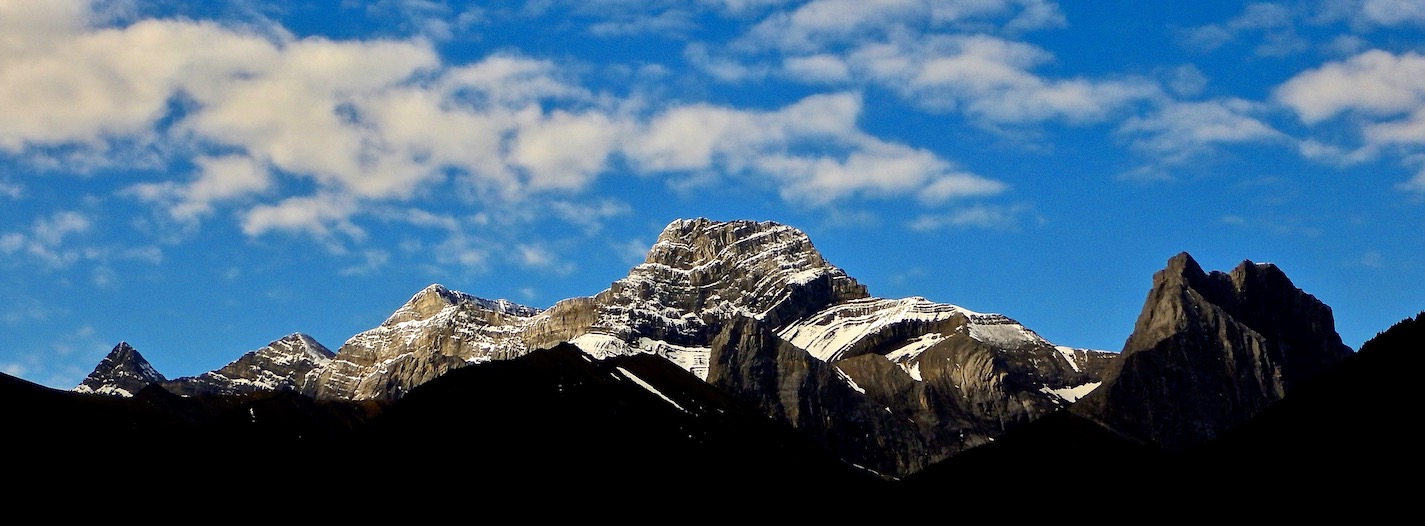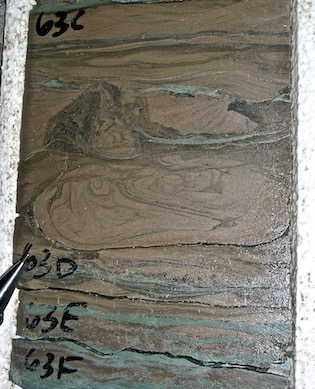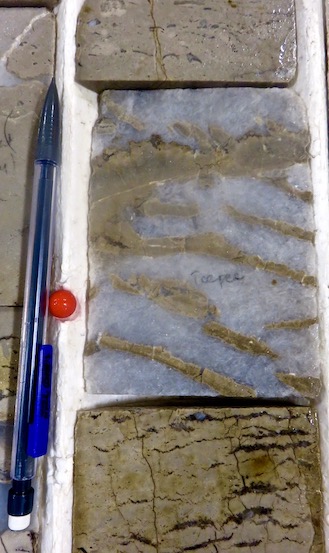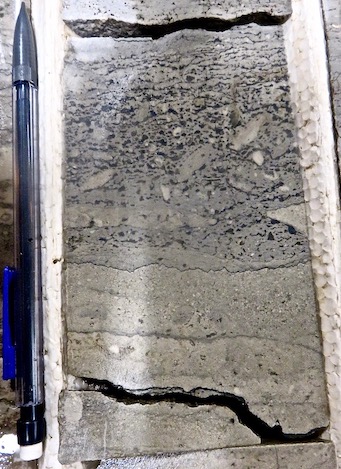
How to Describe and Interpret Carbonate Core
Course Details
This course is conducted at the United States Geological Survey Core Research Center (USGS-CRC) in Lakewood, Colorado, USA – one of the largest laboratories in the world where core is collected and stored. Not only is there a large room where several hundred meters of core can be displayed at a time but there is also a classroom where lectures can be delivered. The course will run for 3-days and participants will get to log at least 100 meters of core on a cm-scale. We believe that one learns by doing and not watching and at the end of the course participants will be confident in their ability to describe and interpret carbonate core from a wide range of depositional environments.
If your interest lies in something specific (for example microbial carbonates), please let us know in advance so we can arrange cores that would be relevant to your learning objectives.
Who Should Attend
Oil and professionals and Graduate Students who are working on the exploration and development of carbonates and mining geologists and engineers who are working on carbonate-hosted metals.
Need more information?
Course Outline
Day 1
I. Lecture on how to approach a core facility, equipment and instruments, photographing core, washing core, integration with thin-sections, choosing the right template, sedimentary structures and trace fossils in carbonates.
II. Core logging using examples from the Devonian Three Forks and Mississippian Bakken Formations of the Williston Basin

Day 2
I. Lectures on carbonate cyclicity and sequence stratigraphy
II. How to identify cycles in core, identification of hardgrounds and key sequence stratigraphic surfaces with an emphasis on karst. Core examples are from the Honaker Trail Formation, Leadville Limestone, and Paradox Formation.

Day 3
I. Lecture on carbonate build-ups: bioherms, biostromes, reefs, atolls and mounds
II. Core logging and interpretation of microbial carbonates with examples from the Orogrande and Williston Basins

Core viewing at the USGS-CRC is in high-demand and to book the facility for three consecutive days is not easy and has to be done at least 5-6 months in advance. Therefore if you are interested in taking this course within the next 6 months, the booking has to be made as soon as possible to secure a spot. If you are wanting to take a five-day extended version of this course, we can arrange that.
If you would like to arrange this workshop on your core we can do this at a location of your choice in the US or overseas. If you are wanting us to arrange this course using your core, please send us core and thin-section photos at least three months in advance.


